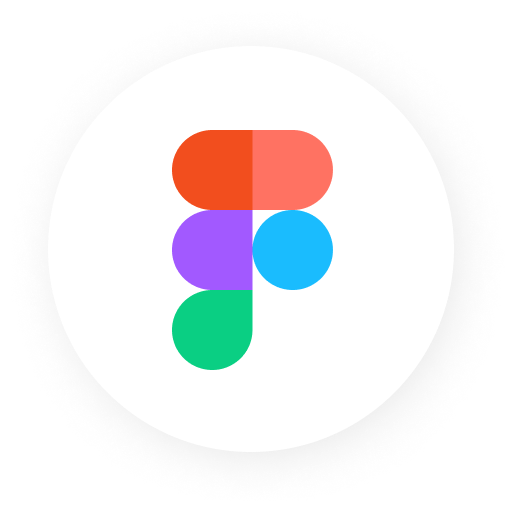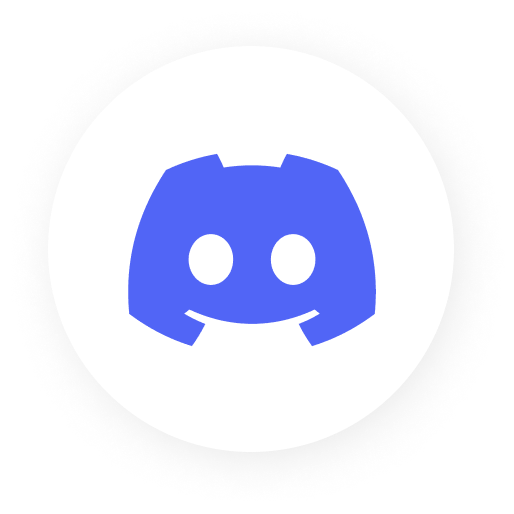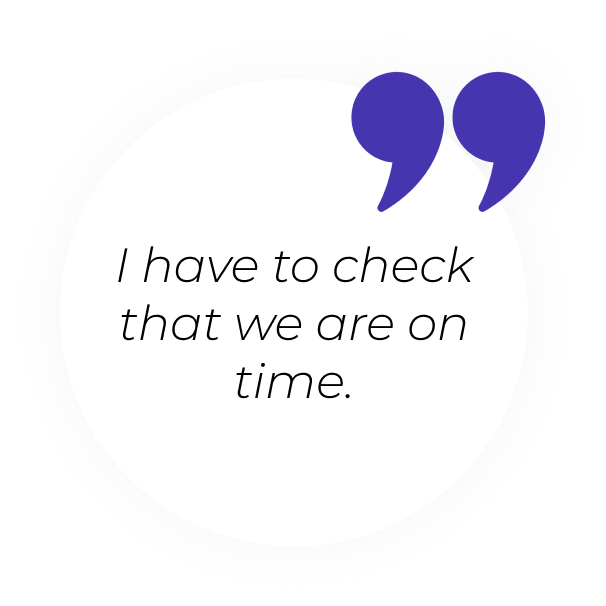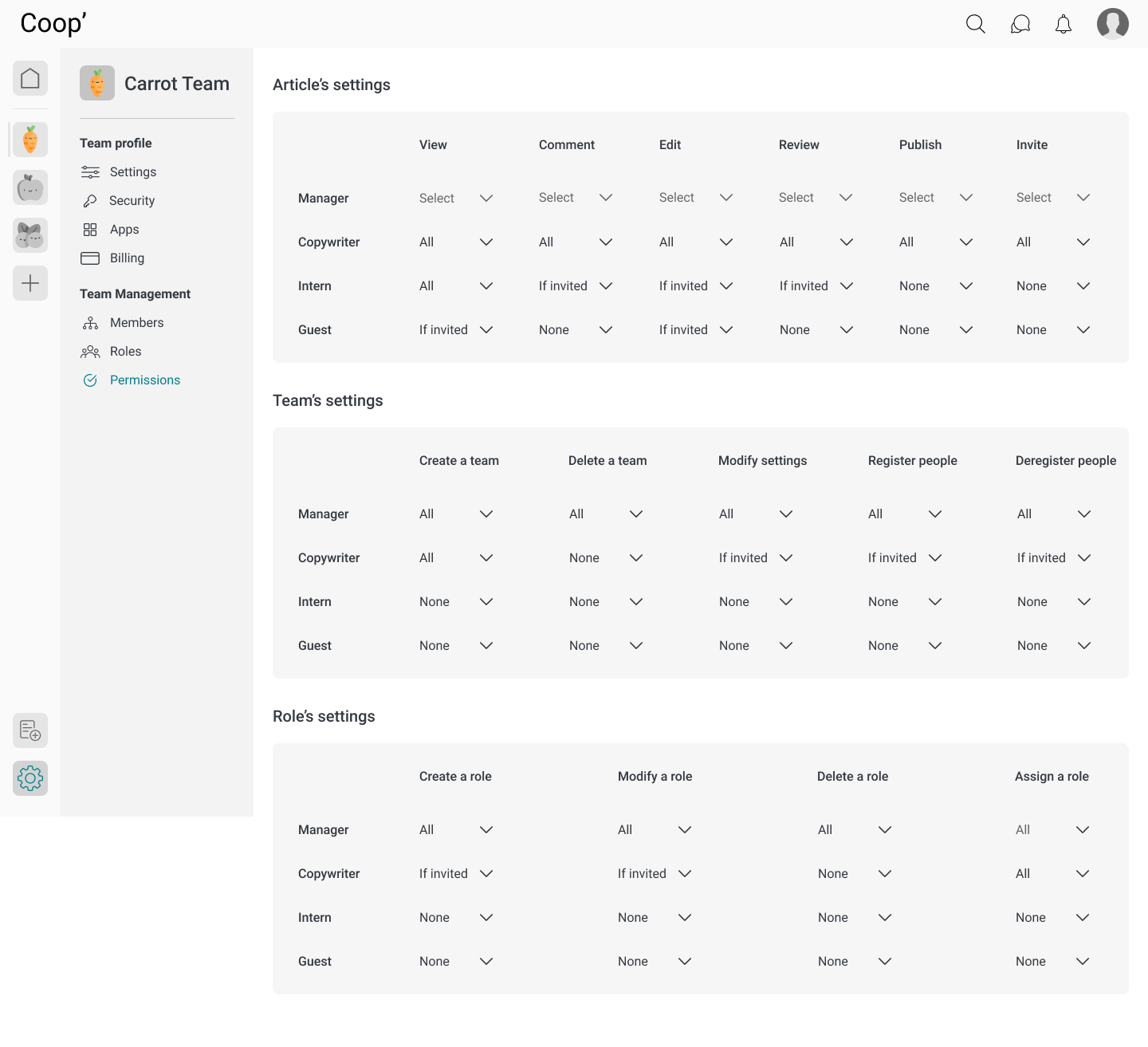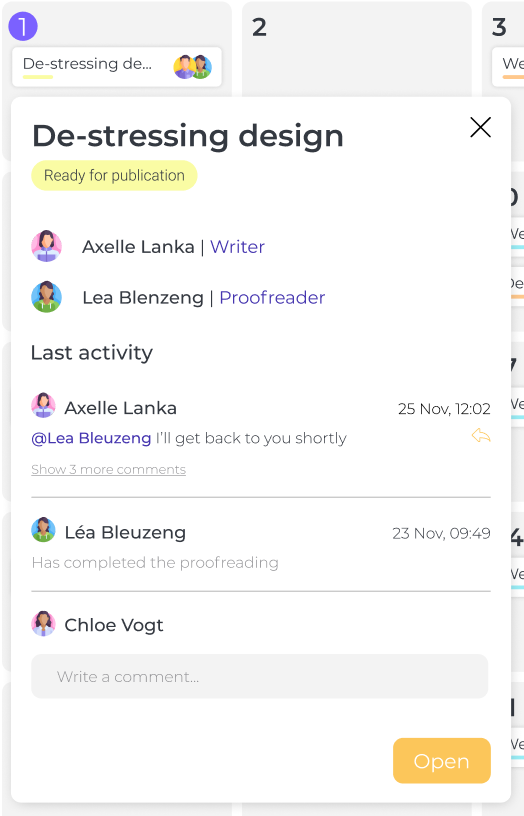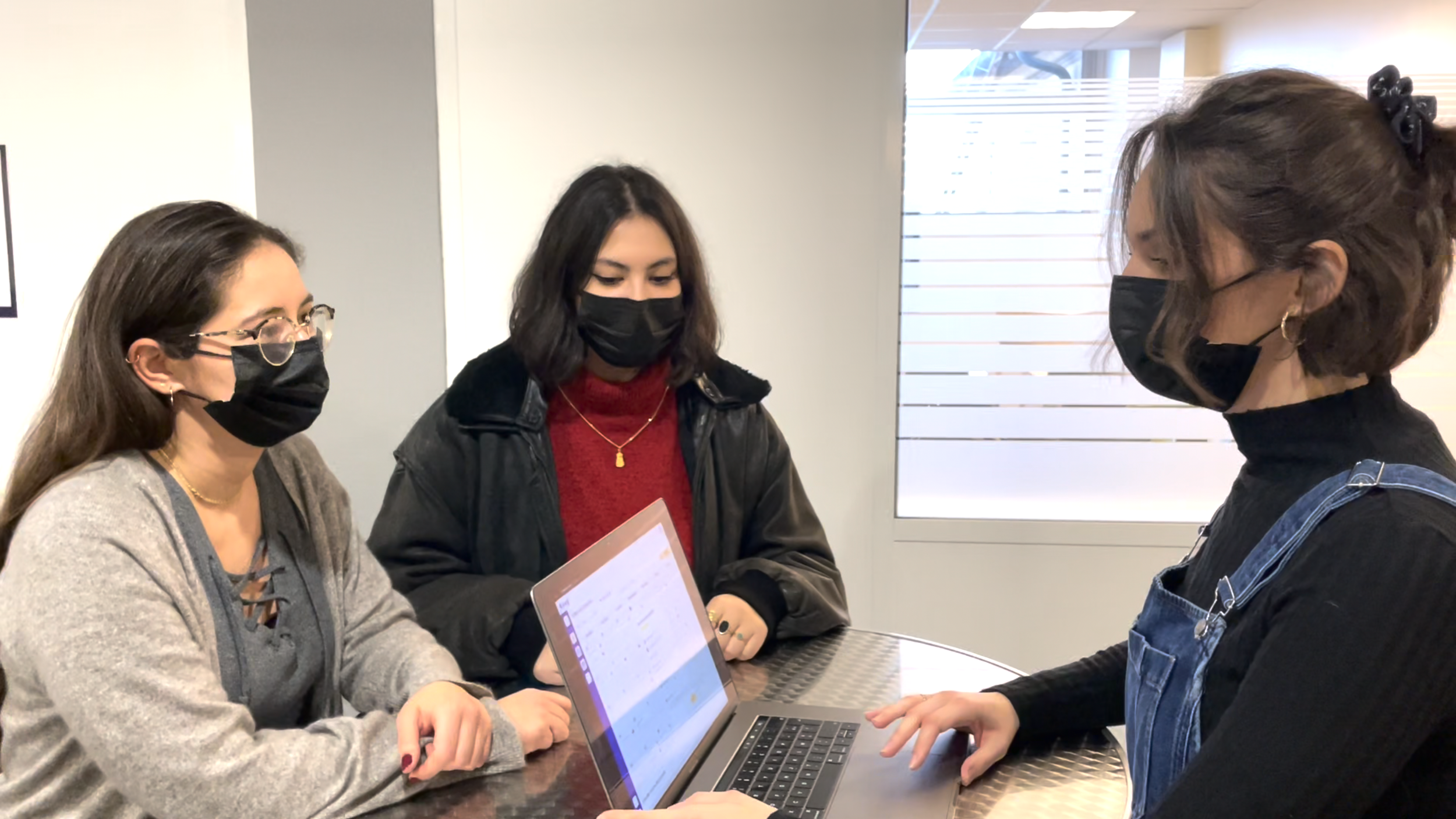COOP’
Date
End of 2021
UX Design
Category
Solo Project
Type of project
Intro
Since 2020, our world has changed. The pandemic has impacted our lives on many levels. Telecommuting has become a necessity for everyone, then a habit for many, and digital tools have had to evolve quickly to allow us to maintain a professional activity from home. However, it also showed that working together remotely was not so simple.
Today, many businesses are looking to improve their SEO and communication on social networks to stay connected with their customers. Many have turned to creating articles or white papers. But writing collaboratively can be a complex task.
Benchmark & competitors
Before conducting interviews I did a benchmark and an audit of existing collaborative tools. The objective was to understand how they work, the key features and those that may be missing.
After testing these tools I was able to establish a list of features that seemed interesting for the work I was about to do:
Management of groups, status and rights
History of modifications
Notifications
Comments
Chat
Video call
Calendar
Assigning tasks
Filters
Feedback & reactions
Interview & XP Map
In order to better understand the collaborative writing process, I interviewed Antoine Ortiz, Copy Writer at AssoConnect, a startup offering a management software for non-profit organisations.
Antoine writes articles on a daily basis and also coaches interns in writing skills. He also needs to ask for feedback from other people in his team on his writing.
Thanks to Antoine's interview, I was able to trace on an Experience Map the main steps of the writing of an article: the preparation phase, the research and writing phase and then the correction and publication phase.
This allowed me to raise different pain points and to identify different opportunities.
Verbatims
After reviewing the entire experience map, and identifying all the opportunities, I decided to work on the following opportunity:
“How to simplify the organization and publication of a company's editorial calendar?”
Feature prioritization
The interview and the experience map raised a lot of issues. Very quickly, the list of ideas and functionalities grew. It was then necessary to make choices and prioritize. Here are the two key features of the MVP:
Roles and rights management
The tool can be used by several people with different functions in a company (manager, intern, employee, etc.) and therefore, naturally, different rights.
Coop' allows the manager to manage the rights according to the roles assigned to each person in the team. Thus, a trainee will never be able to publish an article, for example.
Publishing calendar
One of the points raised during the interviews was that it is difficult for the team or the manager to know if the publishing calendar is on time because of the multiplication of tools.
The Coop' publishing calendar allows you to have a quick overview of what's going on: to follow the complete publishing history, but also the plannification of the articles, and their writing progression.
Wireframes
Features focus
The Editorial Calendar
Schedule a new article
Article progression : title, status, writer(s)
History of articles
Article Card
Title
Status
Team member working on the article & their role
Activity history of the article
Discussion thread
Button to access the article
Document Templates
Facilitate document creation
Right’s Management
Rights on the articles / team / role according to the roles of the members
The tests
We were able to organize tests within our class. We were divided into groups of three:
One person testing the prototype.
One person conducting the test.
One person taking notes of what the person said during the test.
This allowed us to highlight elements that needed to be modified to improve our final product. For example, I realized that my rights management page needed to be optimized to be more intuitive.
What have I learned?
-
This was the first time I went out and interviewed people for a project. I learned a lot from it.
-
This was the first project where I really used components and a small design system. Although it wasn't easy at first, it's an exercise that has been very useful in my other projects.
-
I was lucky enough to be mentored by a professor who helped us learn about the UX process. The challenge was to finish the project in the given time, having followed the whole process.





